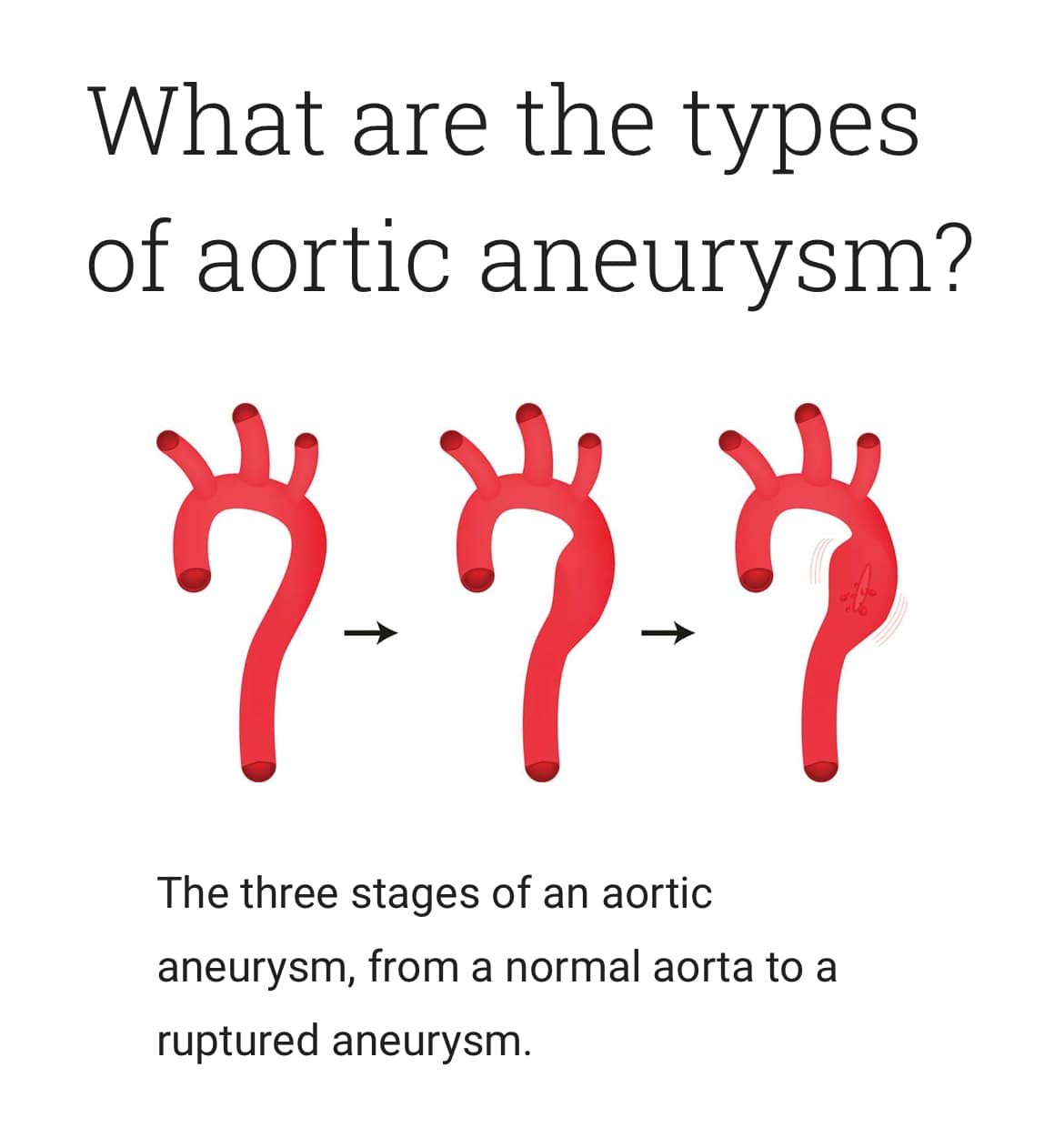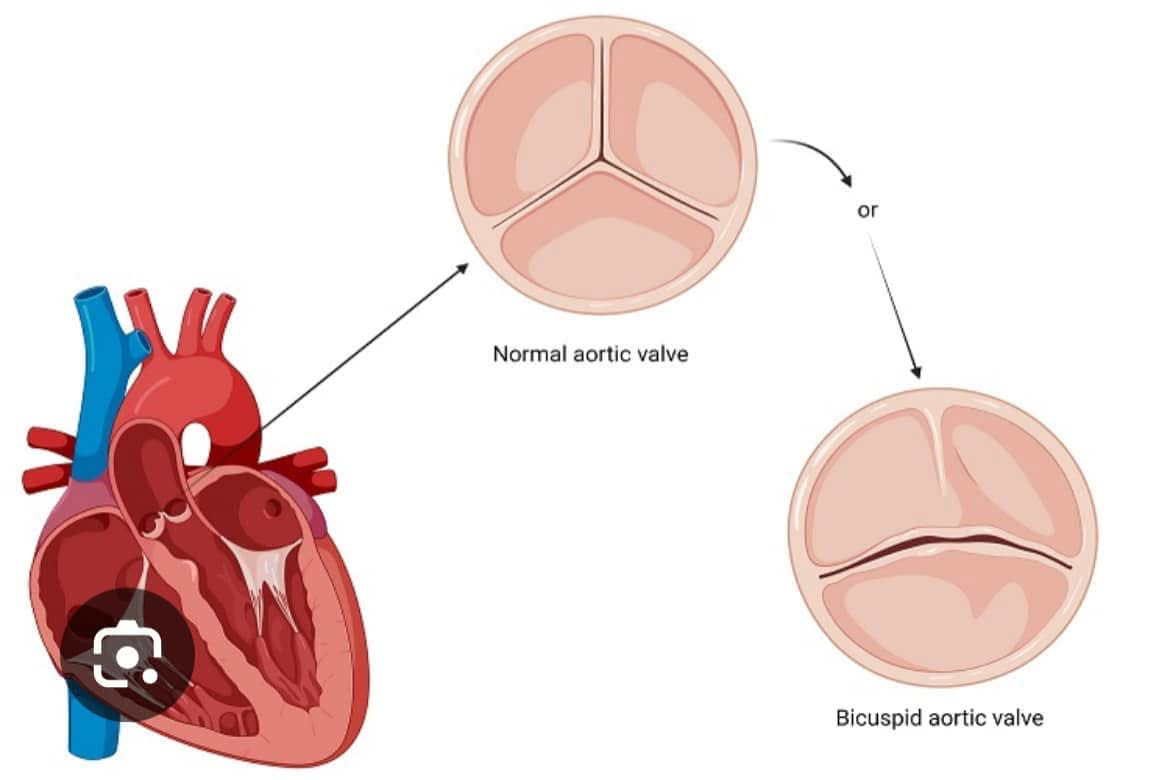Science Wednesday is a weekly deep dive into the latest research, advancements, and insights on aortic health. Each edition explores critical topics, from innovative treatments to emerging risk factors, providing expert analysis and evidence-based perspectives.
Aortic Stability and Chronicity Let’s talk about chronicity (something that lasts long-term) and aortic stability. That is, how long has an aneurysm been stable in watch and wait without changing, or how long has a medically managed dissection remained unchanged. The answer can help determine your safe exercise exertion level. With the exception of genetic disorders, the more time an aneurysm remains stable as shown by regular scans (also known as “watchful waiting”), the more likely a sports cardiologist would entertain higher levels of exertion. Recently in our YouTube interview, Dr. Frank Caputo, head of vascular surgery at Cleveland Clinic,…
Exercise Guidelines for People with Aortic Disease The John Ritter Foundation for Aortic Health not only supports awareness and research into aortic disease but also provides guidance for people with aortic disease who want to exercise safely. Dr. Siddharth Prakash (University of Texas) and Ellen Hotstetler (Chief Science Officer at the John Ritter Foundation) developed the following exercise recommendations: The Role of Exercise - Exercise is part of a healthy lifestyle and can help lower blood pressure. - It should be included in the treatment plan for all patients with aortic disease. - Before starting an exercise routine, ensure your…
One to two percent of the general population have bicuspid aortic valves (BAV). Although a BAV may remain without clinical consequences for a lifetime, it can deteriorate into aortic valve stenosis and regurgitation and aortic dilatation/aneurysm. According to our recent interview with Dr. Patrick Vargo of Cleveland Clinic, ascending aortic aneurysms in people with BAV tend not to extend beyond the beginning of the aortic arch. The consensus, including current international guidelines, is that athletes with BAV with normal valvular function and no aortic dilation can participate in all athletic activities. A December, 2024 clinical study of 407 people with…


